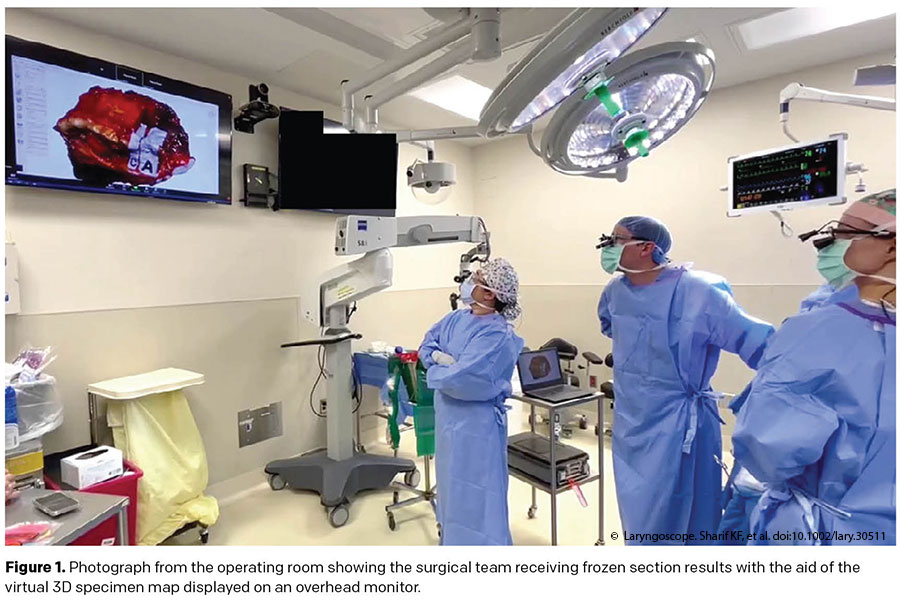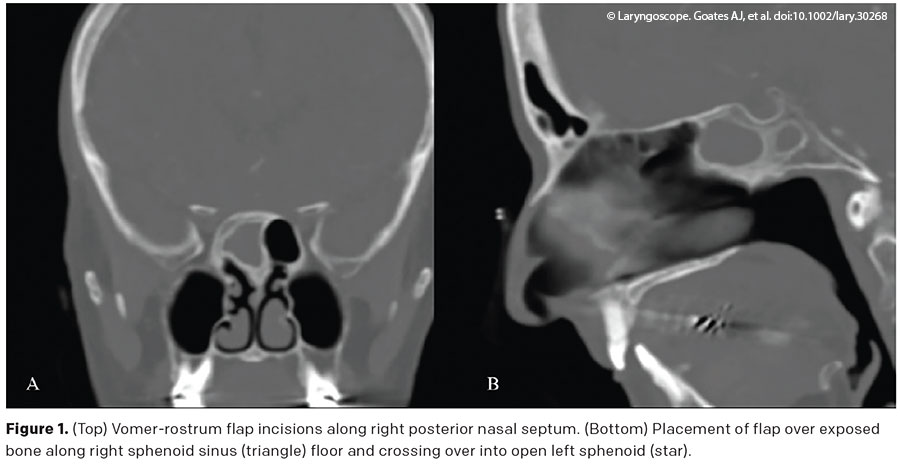TRIO Best Practice articles are brief, structured reviews designed to provide the busy clinician with a handy outline and reference for day-to-day clinical decision making. The ENTtoday summaries below include […]


TRIO Best Practice articles are brief, structured reviews designed to provide the busy clinician with a handy outline and reference for day-to-day clinical decision making. The ENTtoday summaries below include […]

Outpatients with voice and swallowing complaints are often referred to otolaryngologists who diagnose UVFP and may perform injection laryngoplasty under local anesthesia in the office setting.

Given the high rate of positive surgical margins in head and neck cancer, there is a need to improve margin analysis technique and intraoperative communication protocols.

Ansa Cervicalis Stimulation could become a viable ancillary respiratory neurostimulation (RNS) strategy for patients with insufficient responses to hypoglossal nerve stimulation (HNS).
Ansa Cervicalis Stimulation could become a viable ancillary respiratory neurostimulation (RNS) strategy for patients with insufficient responses to hypoglossal nerve stimulation (HNS).

At least two new hypoglossal nerve stimulation (HNS) devices are being evaluated in clinical trials, and more are in development.

Telehealth is seen as favorable for several regular pediatric otolaryngology situations, including taking a history, conducting postoperative evaluations, and reviewing imaging.
Pharyngeal upper airway surgery in patients with obstructive sleep apnea (OSA) resulted in no significant, persistent adverse change in swallowing function.
Pediatric otolaryngologists who apply adult learning principles with trainees will maximize both the efficiency and efficacy of the learning process.
Prolonged operative time is associated with several adverse outcomes following endoscopic sinonasal surgery, including prolonged hospital length of stay, overall surgical complications, and bleeding.